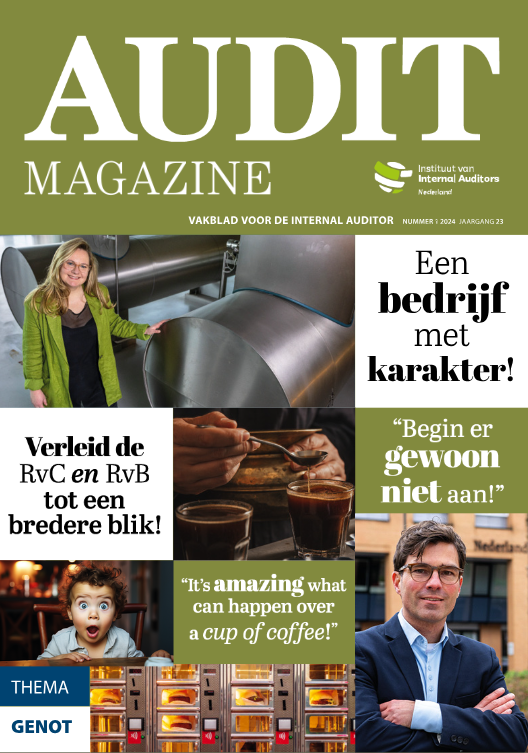.jpg)
GKB: Agility and Innovation
If internal auditors are to remain relevant and add real value to their organizations, their speed, flexibility, and proactive approach to problem solving must be optimized. The report Perspectives and Insights: Agility and Innovation defines what it means to be agile and innovative in today's marketplace and how the two are interdependent.
The modern internal audit function needs to tie traditional audit activities more closely to the organization’s strategic objectives and risks. Most chief audit executives (CAEs) recognize that reality already — either at some visceral level, through conversations with the board and executives in the first line of defense, or through implementation of The International Standards for the Professional Practice of Internal Auditing. In fact, conformance to the Standards requires that internal audit evaluate risks from the perspective of achieving the organization’s strategic objectives. This is not optional, but rather a necessity to ensure internal audit serves its role to protect and enhance organizational value.
Two realities thwart that need, however. First, organizations simply have more risks coming at them, and those risks can harm the organization in swift, painful ways: a social media campaign that emerges overnight; a sexual harassment scandal that ousts a key employee; a food safety incident; a merger of competitors or suppliers; a new trade or regulatory policy that upends years of carefully constructed business models.
Second, the reality is that CAEs also must dedicate resources to additional tasks providing assurance support for other assurance providers within and for the organization, including monitoring how operational risks are managed; compliance testing; the preparation of evidence for external auditors; and the vetting of accounting policies to ensure compliance with anti-bribery statutes.
By continuing to fulfill those more traditional audit tasks, while also becoming agile and innovative, internal audit can transform into something that works more swiftly to help the rest of the organization address an increasingly chaotic, unpredictable environment. That will be a struggle, but one that The IIA feels can be done with awareness of and alignment to the organization’s strategic objectives and risks.






